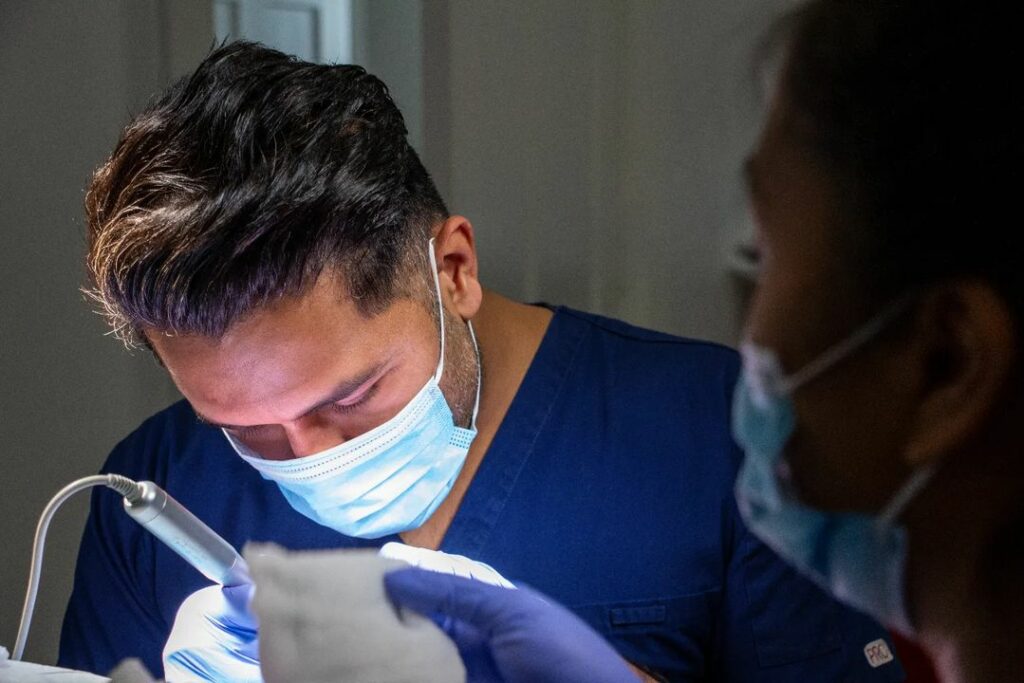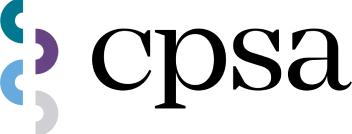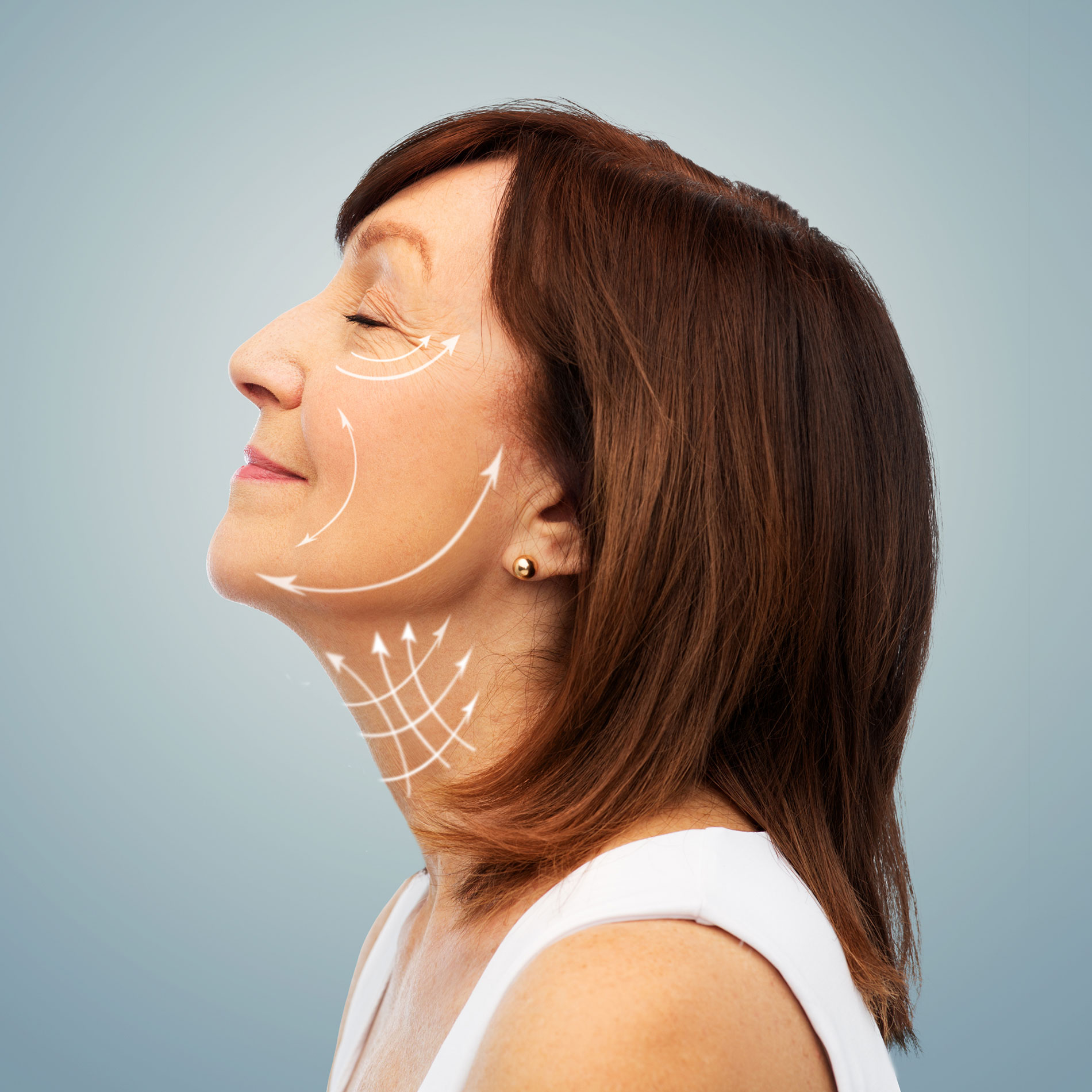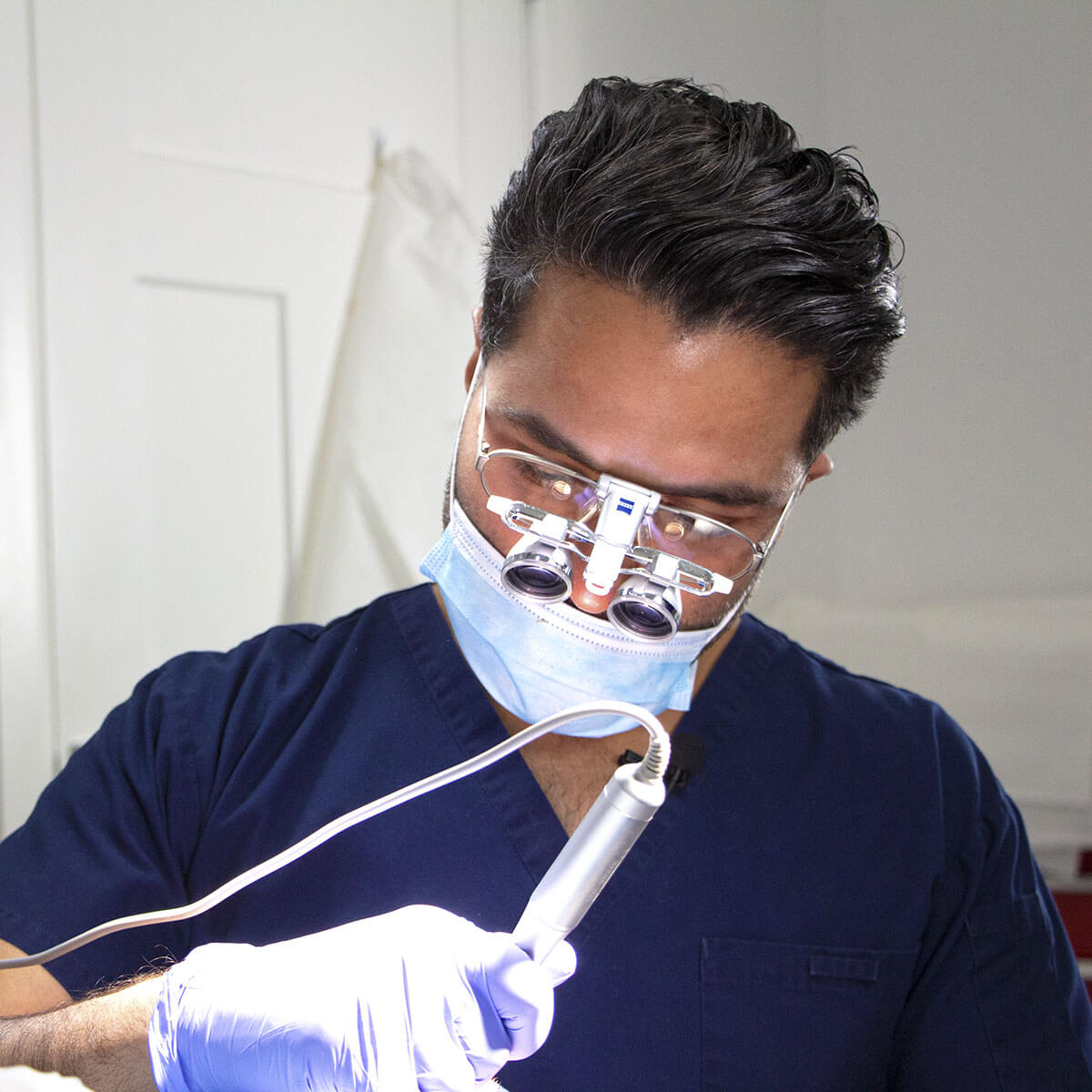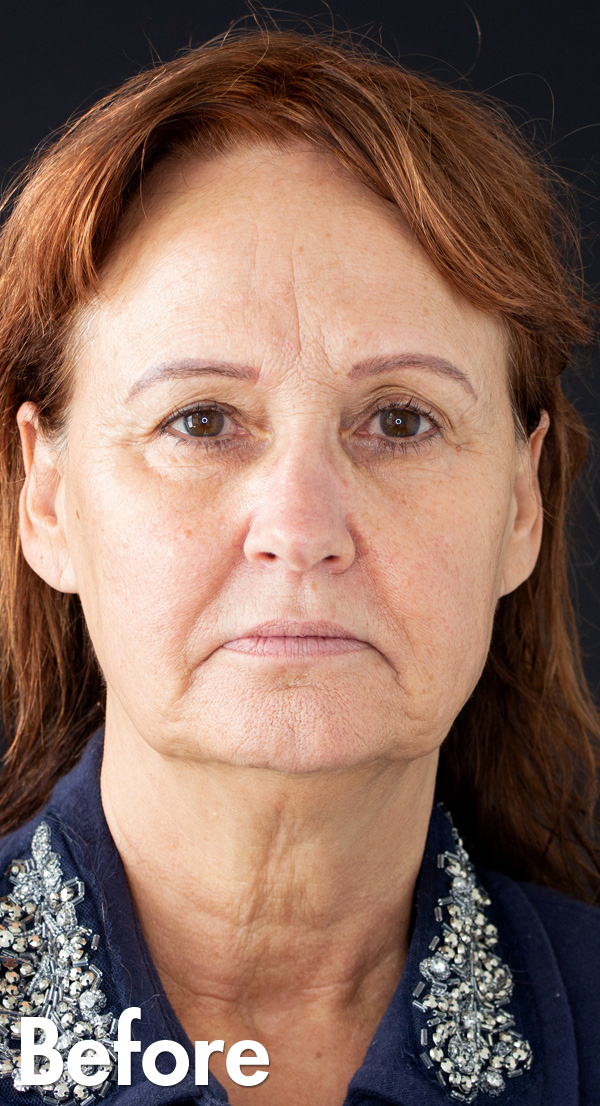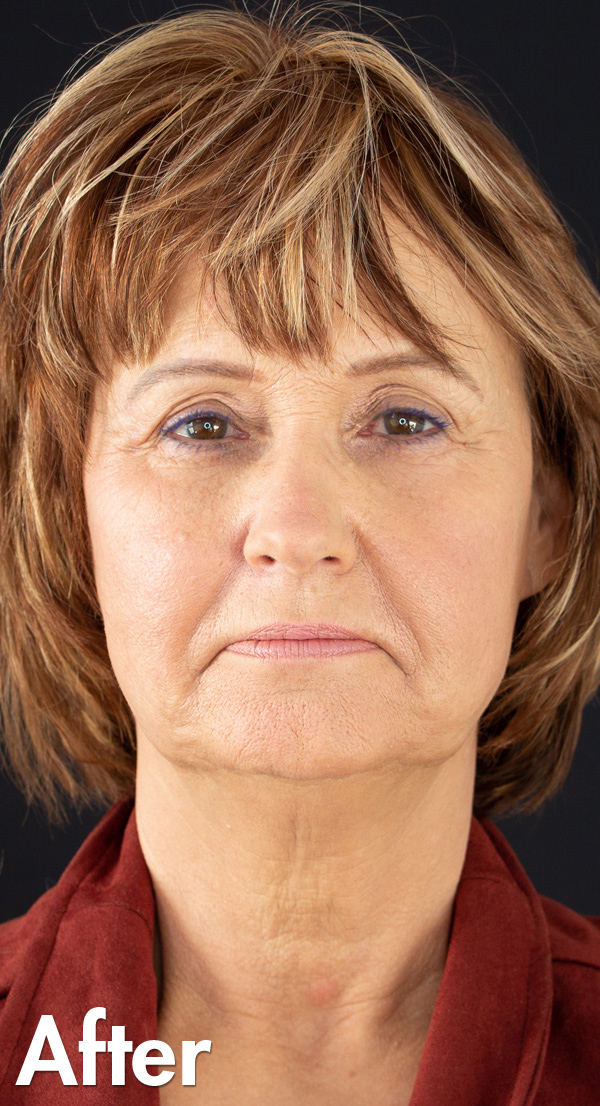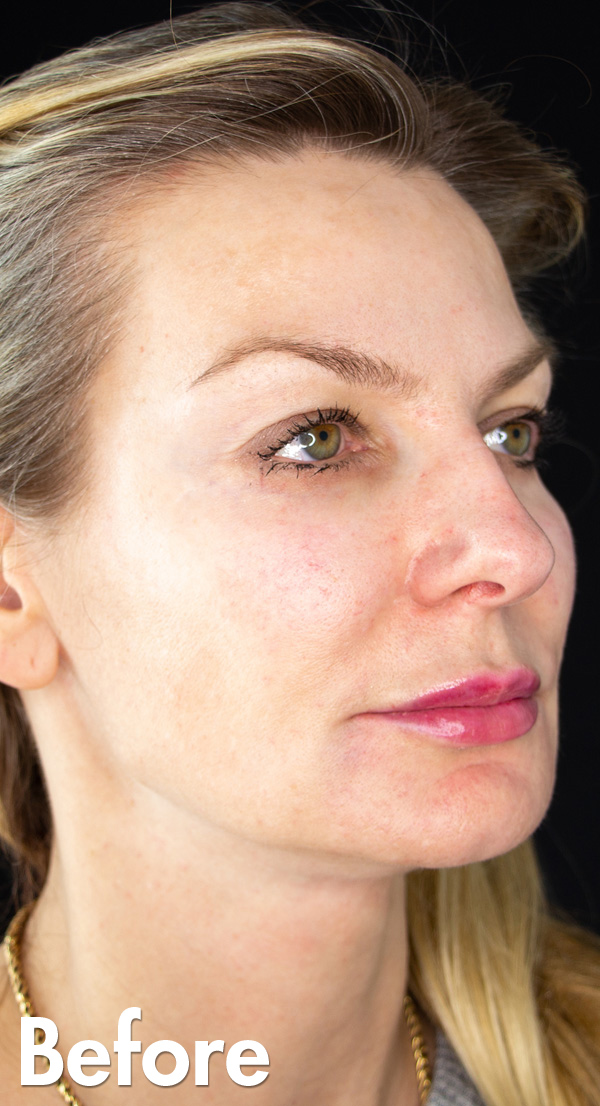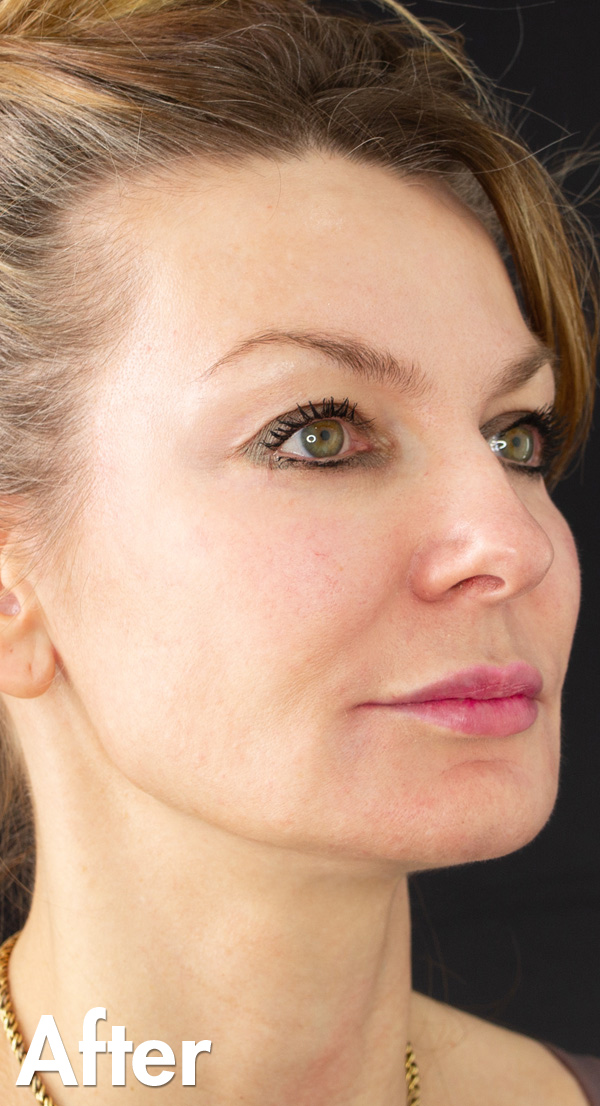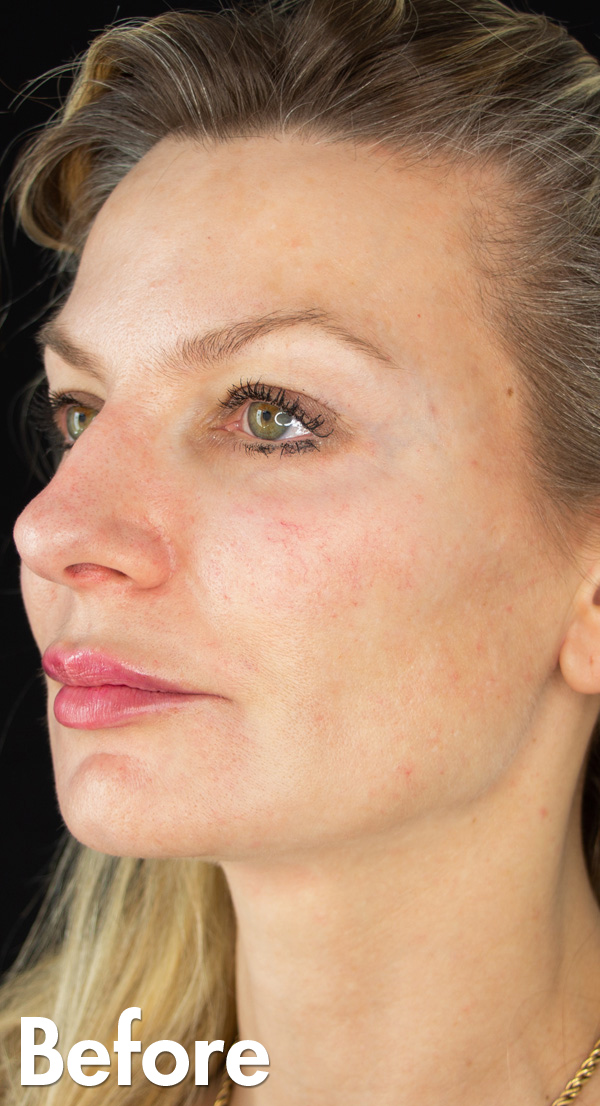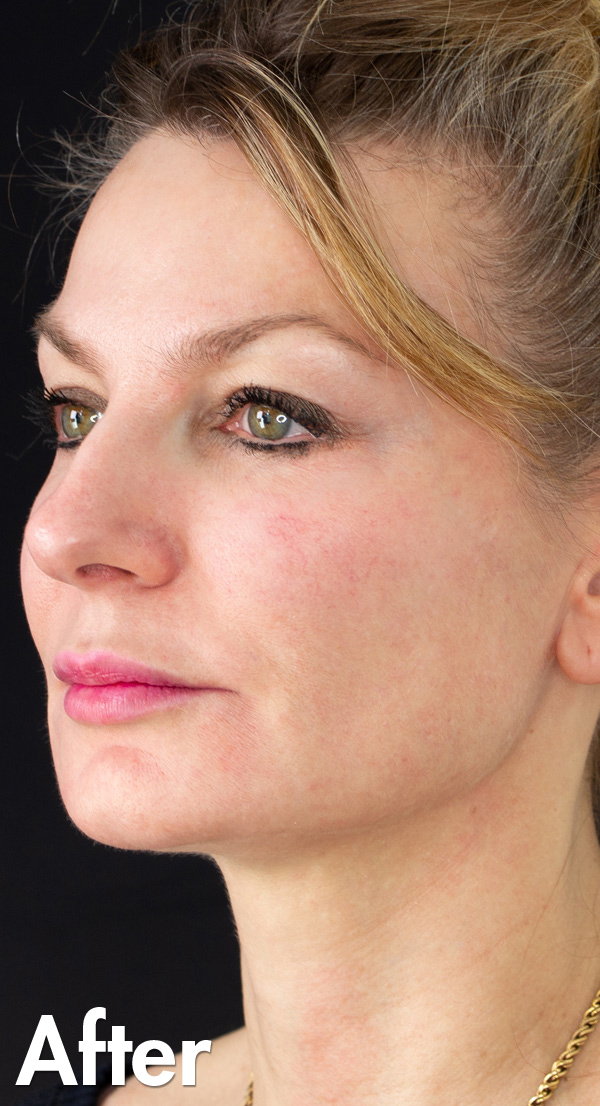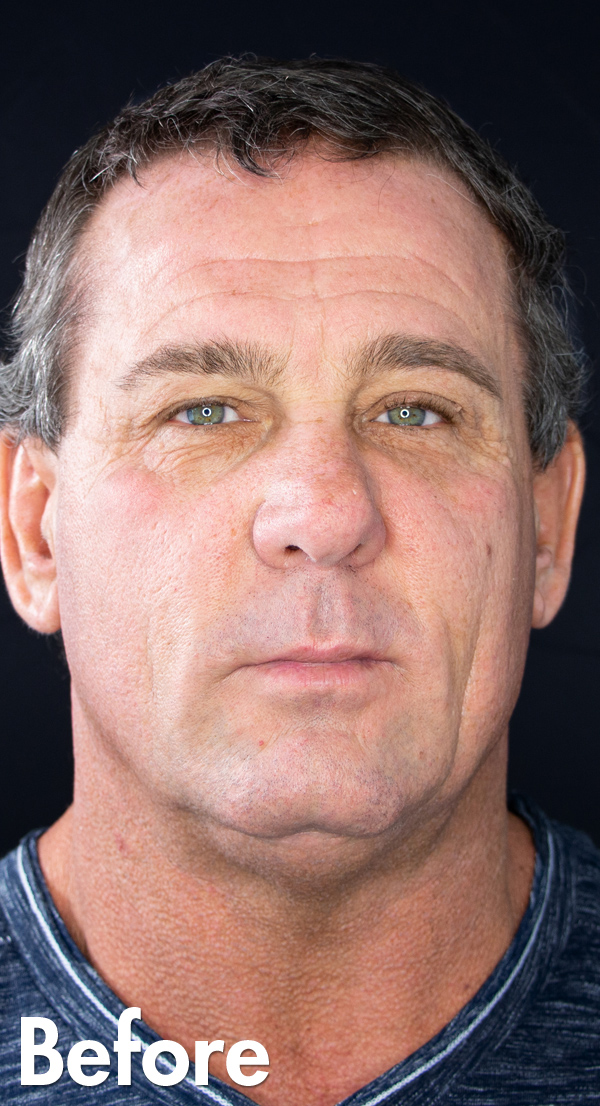Choose from in-clinic or virtual consultations
Why get a facelift?
As we approach middle age, a transition takes place. Our glowing, youthful appearance starts to fade; at some point, it no longer matches the energy we feel on the inside. Although aging is a natural process we all go through, the external implications aren’t easy to accept. Many use makeup, moisturizers, and hair dye to restore a worn out exterior. For those seeking a change from the inside out, a non-surgical facelift may be the ideal solution.
The non-surgical facelift technique
As with any procedure Dr. Sharma performs, he wants to highlight your existing beauty in a natural looking way. He won’t promise to make you look 25 again. He will, however, create a refreshed look to match your vibrant personality on the inside. In order to bring out his patients’ liveliness, Dr. Sharma can perform a non-surgical, non-invasive facelift. This procedure accentuates the features that are associated with a beautiful face: high cheekbones, full cheeks, smooth skin and defined jawline.
Non-Surgical Facelift services
We offer the most revolutionary services available
At Sharma Skin & Hair Surgery, we offer the most revolutionary services available in the non-surgical facelift industry. Patients who chose to go the non-surgical facelift route are able to achieve 37% of the results of a traditional facelift with a fraction of the down time and at a fraction of the cost.
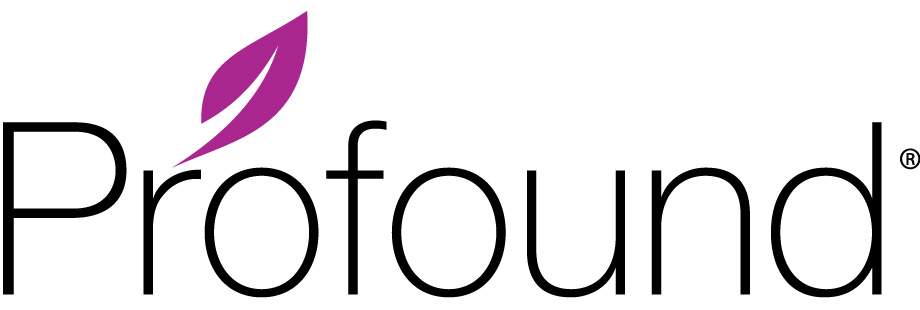
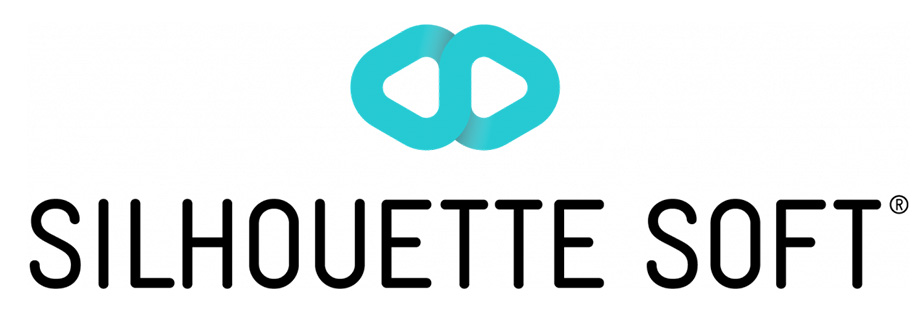
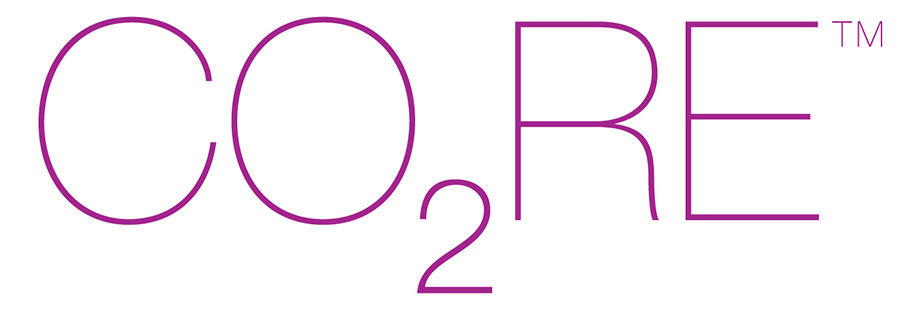
Benefits of non-surgical facelifts
Using a variety of techniques, Dr. Sharma’s non-surgical facelift can invigorate a patient’s appearance in a matter of minutes with minimal risk or downtime.
Safe procedure
With a trained and experienced physician our non-surgical facelifts are very safe. The treatments precisely target the correct layers of skin and are completely non-invasive.
Shorter recovery than a surgical facelift
It is normal to experience some swelling and bruising after a facelift. This will last approximately 2 – 3 weeks, but every person’s recovery time is slightly different. This recovery time is much lower than traditional facelifts.
Less expensive
Patients who chose to go the non-surgical facelift route are able to achieve 37% of the results of a traditional facelift with a fraction of the down time and at a fraction of the cost.
Less scarring
Depending on the incision type, minimal scarring will occur. However, these scars are typically concealed by the patient’s hairline with the exception of small under-chin incisions, which are typically hidden due to their size and location.
Hear from our patients
With this beautiful woman, it was important to embrace her European slender looks. We embraced her natural beauty whilst enhancing her angular jawline, lateral cheek compartment, and re-volumizing her lips. It is so important to keep the face balanced and ensure the final results are tasteful.
Want to read more?
Check out our testimonialsGet more information
Knowledge Centre
What is a Facelift?
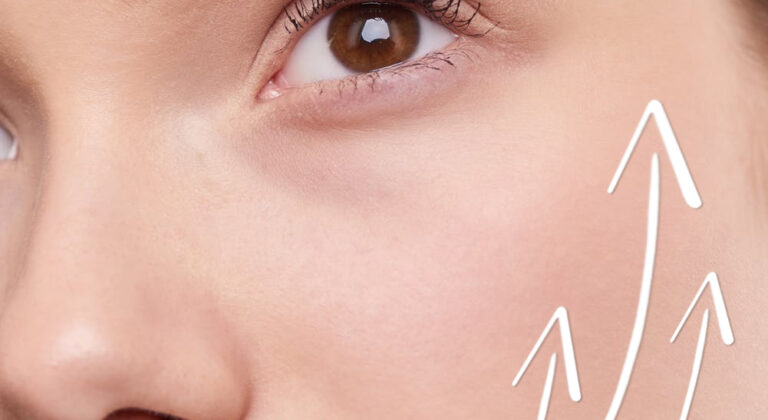
A facelift, also known as a rhytidectomy, is a cosmetic facial surgical procedure. The primary goal of a facelift is to create a more youthful…
What are the signs of facial aging?
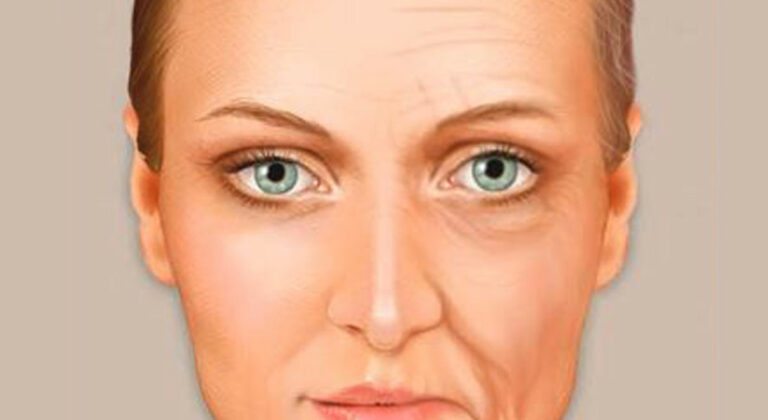
Why Your Face Ages and How Sharma Skin & Hair Surgery Can Help As we age, we start to undergo changes in every nook and…
Invasive vs Non-Surgical Facelifts
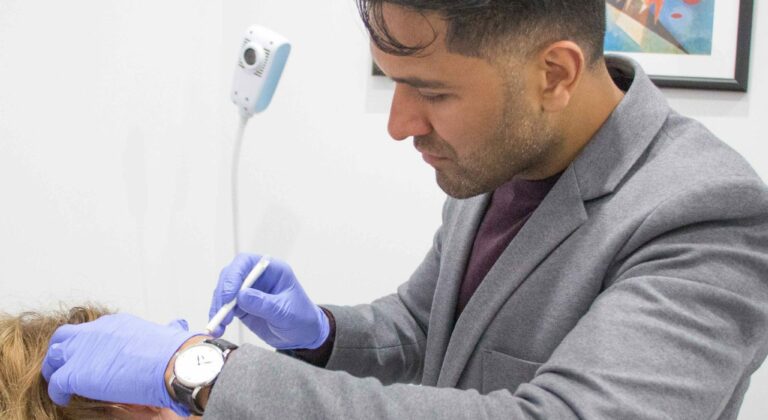
Many men and women have opted for a surgical facelift in an effort to turn back the clock, or at least pause it. The issue…
Non-Surgical Facelift FAQ
We’ve compiled a list of some of the most common questions asked during our initial consultation
Facelifts can treat a variety of areas of the face. With a traditional face lift, the tissues in the mid and lower face will be augmented. This includes a tightening and lifting of the cheeks, chin, jawline, jowls, and neck. Additionally, the eye brows can be restored using specific procedures.
It is normal to experience some swelling and bruising after a facelift. This will last approximately 2 – 3 weeks, but every person’s recovery time is slightly different. The bandages will be removed by your doctor a few days after your procedure and you should start to feel better 4 – 7 days after the surgery. Most patients are able to return to work 10 – 14 days post-surgery. The healing will continue until the final results are completed, which can take approximately 3 – 6 months. After approximately 3 months, 85% – 90% of the finished result will be visible.
The cost of a facelift in Canada varies from province to province, and from surgeon to surgeon, but the national average is between $15,000 – $25,000. At Sharma Skin & Hair Surgery, our innovative non-surgical facelift techniques cost significantly less than any surgical facelift procedures.
Patients who are healthy and in relatively good shape are typically good candidates for the procedure. Smoking must also be halted no less than 2 weeks before the surgery and not resumed afterwards. All patients must have their health assessed in depth by their surgeon to ensure that a facelift is the right procedure for your specific case.
The benefits of a facelift typically last 5 – 10 years, although this varies by patient. Unfortunately, a facelift does not slow down the ageing process, but rather, it allows you to look 5 – 10 years younger than you would have appeared if you did not have a facelift done.
Depending on the incision type, minimal scarring will occur. However, these scars are typically concealed by the patient’s hairline with the exception of small under-chin incisions, which are typically hidden due to their size and location.
Book now
Talk to a Non-Surgical Facelift Expert in Edmonton, Alberta
